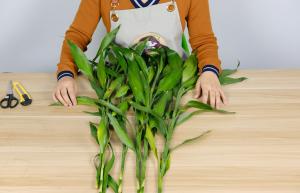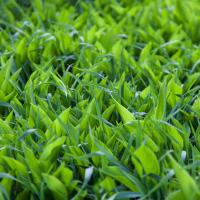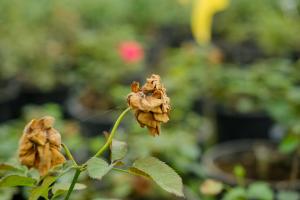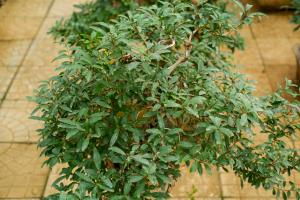1、 Curing method
1. Soil: loose, breathable and well drained soil is suitable for cultivating blue potted flowers. It is usually planted in sandy loam. Its soil layer is fertile and powerful, which is suitable for the growth of blue potted flowers
2. Water: when it grows vigorously, it should be given sufficient water, and the amount of irrigation water should be properly controlled. Do not let the accumulated water be stored in the basin, and drainage and waterlogging should be carried out in rainy days
3. Nutrient: during its growth period, growth fertilizer and phosphate fertilizer can be selected. The amount of fertilizer does not need to be much. Avoid excessive fertilizer to stop its growth
4. Light: it is a positive plant and needs full-time irradiation. Sufficient light can make it grow better, but I don't like strong light, especially in summer
2、 Breeding skills
1. Pruning: during its growth, the leaves will wither and wilt. Cut off the unhealthy leaves, or they will infect more normal leaves over a long period of time
2. Reproduction: it can be carried out by means of ramet reproduction, and the best time is in spring. Separate the plants from the roots and then transplant them to another basin for breeding. Fully mix the soil and fertilizer, and then spray some water, so that the plants can survive faster
3、 Problem diagnosis and treatment
1. Leaf loss: This is caused by the lack of nutrients in the soil. It should be loosened and fertilized. It will take about a week to see that there is no leaf loss
2. Rotten roots: when there is water stored in the basin during irrigation, rotten roots will occur. Watering should be appropriate to avoid excessive ponding in the basin, so as to avoid the phenomenon of rotten roots
4、 Other issues
1. How to spend the winter: in winter, the temperature should be controlled at about 4-5 ℃. If the temperature is too low, it will cause frostbite. If you breed in the house, you can spend the winter at ease
2. Whether it can be exposed to rain: it can't be exposed to rain. In rainy days, it should be put in a shelter in time, because the rain will wash and damage its stems, leaves and flowers, and the water in the basin will also cause rotten roots

 jackfruit
jackfruit snake plant
snake plant hibiscus
hibiscus hydrangea
hydrangea lavender
lavender Green roses climb al...
Green roses climb al... If you don't pay att...
If you don't pay att... Management of four g...
Management of four g...


































